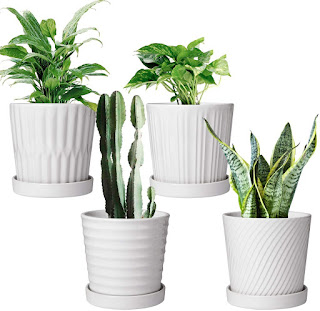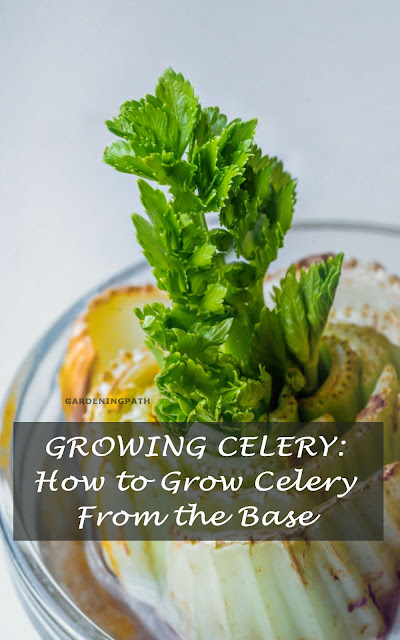10 Tips on Planting And Caring for Succulents

Hey guys, Here I want to share 10 tips on planting and caring for succulents. And this information is going to be geared a little bit more toward beginners, so kind of succulents one on one. And I know that there are a lot of different ways to do things and there are a lot of great tips out there but the things. Here, I'm going to share with you those things that I think helped me the most especially in the beginning. So I'm really hoping that after reading this you feel inspired and encouraged to go try planting succulents yourself. Tips on Planting And Caring for Succulents Choose a Container So the first tip is to choose a container with drainage basically anything with a hole in the bottom that way water has a chance to escape in that pool, which can cause your plant to rot. Recommended Pot for Succulents , you can buy it from amazon . Soil The second tip is to use soil specifically blended for cactus and succulents because they prefer a soil that's lighter, faster dra...





